The Versatile Applications of Smart Switches in Modern Living
The Versatile Applications of Smart Switches in Modern Living
In the era of smart homes and connected devices, the humble light switch has undergone a remarkable transformation. Enter the smart switch—a device that not only controls lighting but also integrates seamlessly with other smart home systems, offering convenience, energy efficiency, and enhanced security. In this blog, we’ll explore the various applications of smart switches and how they are revolutionizing the way we interact with our homes.
1. Home Automation and Convenience
One of the most significant advantages of smart switches is their ability to automate everyday tasks. Imagine waking up in the morning, and with a simple voice command or a tap on your smartphone, your lights gradually brighten to simulate a natural sunrise. This is just one example of how smart switches can make your daily routine more convenient.
Smart switches can be programmed to turn lights on or off at specific times, or even in response to certain triggers. For instance, you can set your porch light to turn on automatically at sunset and off at sunrise. You can also create custom scenes—like a "Movie Night" scene that dims the living room lights and turns off unnecessary appliances—all with a single command.
2. Energy Efficiency and Cost Savings
Smart switches are not just about convenience; they’re also about saving energy and reducing your electricity bills. Unlike traditional switches, smart switches allow you to monitor and control your energy usage in real-time. Many smart switches come with energy monitoring features that provide insights into how much power your lights and appliances are consuming.
You can also set schedules to ensure that lights are only on when needed. For example, if you often forget to turn off the lights when leaving the house, you can program your smart switches to turn off automatically after a certain period of inactivity. Additionally, some smart switches are compatible with motion sensors, so lights only turn on when someone is in the room, further reducing energy waste.
3. Enhanced Security
Smart switches can play a crucial role in enhancing your home’s security. When you’re away from home, you can use smart switches to create the illusion that someone is still there. By setting your lights to turn on and off at random intervals, you can deter potential intruders who might be monitoring your home.
Moreover, some smart switches can be integrated with security systems. For example, if your security camera detects motion, it can trigger your smart switches to turn on the lights, both inside and outside your home. This not only alerts you to potential intruders but also makes it easier for security cameras to capture clear footage.
4. Voice Control and Integration with Smart Assistants
One of the most exciting features of smart switches is their compatibility with voice-controlled smart assistants like Amazon Alexa, Google Assistant, and Apple’s Siri. This allows you to control your lights and appliances using simple voice commands. For instance, you can say, "Alexa, turn off the living room lights," and it will be done instantly.
This integration extends beyond just lighting. Many smart switches can control other devices, such as fans, heaters, and even coffee makers. This level of integration makes it easier to manage multiple devices from a single platform, creating a truly connected home experience.
5. Remote Access and Control
With smart switches, you’re no longer limited to controlling your lights and appliances from within your home. Most smart switches come with mobile apps that allow you to control them remotely. Whether you’re at work, on vacation, or just lounging in your backyard, you can easily turn lights on or off, adjust brightness, or check the status of your devices.
This feature is particularly useful if you’re away from home and realize you left the lights on. Instead of worrying about wasted energy, you can simply open the app and turn them off. Similarly, if you’re coming home late, you can turn on your porch light before you arrive, ensuring a well-lit and safe entrance.
6. Customization and Personalization
Smart switches offer a high degree of customization, allowing you to tailor your home’s lighting and appliance control to your specific needs. You can create different lighting scenes for various activities, such as reading, cooking, or entertaining guests. Some smart switches even allow you to adjust the color temperature of your lights, creating the perfect ambiance for any occasion.
Additionally, many smart switches come with customizable buttons or touch panels, so you can assign specific functions to each button. For example, one button could turn on the lights, while another could activate your smart thermostat or start your favorite playlist.
7. Integration with Other Smart Home Devices
Smart switches are designed to work seamlessly with other smart home devices, creating a cohesive and interconnected ecosystem. For example, you can integrate your smart switches with smart thermostats, smart locks, and smart speakers to create a fully automated home. When you unlock your front door, your smart switch could turn on the hallway lights, adjust the thermostat to your preferred temperature, and play your favorite music—all without you lifting a finger.
Conclusion
Smart switches are more than just a modern convenience; they are a gateway to a smarter, more efficient, and secure home. From automating daily tasks and saving energy to enhancing security and integrating with other smart devices, the applications of smart switches are vast and varied. As technology continues to evolve, we can expect even more innovative features and applications for smart switches, further transforming the way we live and interact with our homes.
Whether you’re looking to upgrade your home’s lighting system or create a fully connected smart home, smart switches are an essential component that offers both practicality and peace of mind. So why not make the switch today and experience the future of home automation?
No comments





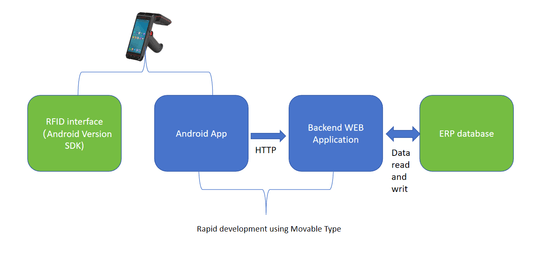
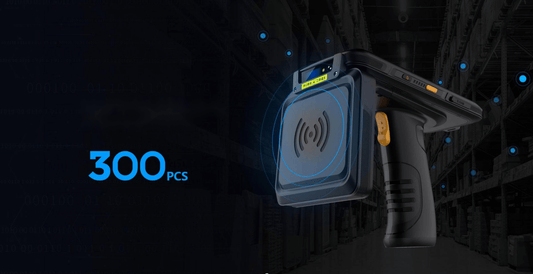

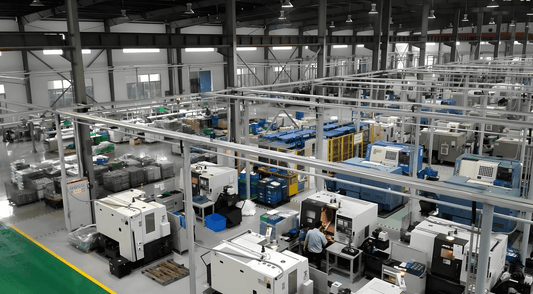
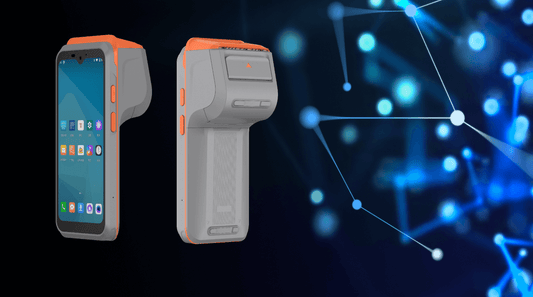
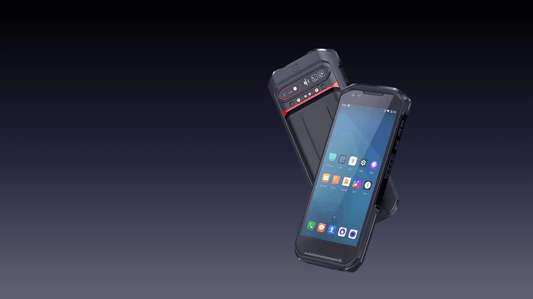
0 comments